Well, it didn’t take long. Fifteen minutes into the second meeting of the sub-committee on Housing and Gentrification (HaG), to be precise. And let the record show that it was introduced by another well-meaning white woman, a Reverend whose inclusion on Lexington’s super-exclusive 70-citizen, 5-sub-committee Commission for Racial Justice and Equality owed to her exalted position as rector at the University of Kentucky-adjacent St. Michael’s Episcopal Church (and also, since this is Lexington, possibly her publishing history on horses).
She was insistent: “How do we get their voices heard?”
The they referred to by the Reverend Laurie Brock of St. Michael’s was an unspecified body of city residents impacted by gentrification. The Episcopalian rector wanted to know how the sub-committee would make time to hear these ground-level stories?
The rector’s question was fair, and many of the 11-member committee took time over the course of the meeting to voice their agreement. HaG co-chair Shayla Lynch advocated “inviting folks to the subcommittee and have them share their stories with the committee.” Fellow co-chair Ray Sexton highlighted an already-planned Town Hall where residents would be encouraged to share their stories of gentrification. HaG members Rich Schein, George Brown, and others agreed. We can’t have a conversation about gentrification, Brock and the rest were saying, if we do not include the voices of those effected by it.
The issue was so pressing in fact that the committee devoted nearly 25 minutes of its 90 minute second meeting to focus on the ins and outs of getting a community voice. How could HaG members hear more stories from the street? Did they need to devote an entire meeting to hearing resident voices? What questions should they ask of these everyday people (the subcommittee had yet to even really discuss the topic themselves!)? How could online surveys be distributed? Could local churches help? Could they get “EHoward,” the LFUC tech guy assigned to their group like a Teacher’s Assistant, to see if he could run them off some paper copies to distribute? Who would compile all these comments? How would they categorize these comments and value-add to the report they were expected to submit in eight weeks?
Before I continue, let me first stipulate the low bar that occupied over one-fifth of the meeting: any discussion of gentrification in Lexington should include the voices of those effected by it. Good for HaG members to recognize this.
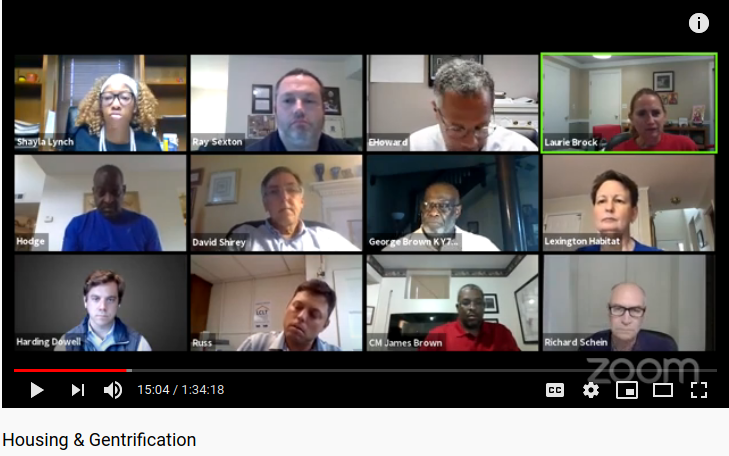
But beyond this Meeting Two display of member solidarity with the voice of the displaced lumpen proletariat, there lies a deeper, and I think more important, ‘emperor has no clothes’ story-line at work in the HaG’s particular insistence on hearing from the northside Volk. We can begin by asking why this committee so needs those stories. The answer is simple but perhaps not widely acknowledged.
The HaG represents an exclusive bi-racial coalition of relatively well-capitalized upper-level managers—male and female muckety-mucks (like Brock) with differing levels of melanin and testosterone who are all nevertheless vested with diverse amounts of city capital. If HaG were a yard, it would be an HOA-approved, well-watered suburban lawn monoculture, albeit one with a multi-seed mixture of rye, bermuda, and bluegrasses. But this committee has no apple or plum trees; no figs nor paw paws; no currants, no toms, no cucs; no dandelions, poke, lamb’s quarter or chicory. Just a diversity of trimmed turf grass and the relatively few critters who thrive in that sort of environment.
Look closely at the HaG’s focus on communing with Hood voices, and two things stand out. First, none of those empowered turfgrass figures are seriously proposing that la voz de la gente actually get a seat on the HaG. Nor have any of those HaG empaths offered up their own privileged seat at the table for better representation, which might require their demotion to the Comments Gallery on youtube.

The HaG’s need for the street voice—why the committee spent nearly 25 minutes going through those details rather than, say, the details surrounding hundreds of millions of dollars doled out to a few gentrification-adjacent Main Street developers— is not about real power-sharing. If it was, you would hear the committee demand the addition of at least three more representatives–some figs or currants or the like–who may more closely represent the perspectives members claim to value and need. These additions, incidentally, would allow the committee to achieve member-parity with all but one of the other fourteen-member subcommittees. As currently expressed, though, the HaG need for Hood stories seems instead a local display, perhaps well-meaning, of #wokeness .

Second, and following from the above, it seems oddly ominous that members appointed to a high-level committee on housing and gentrification, community leaders chosen, supposedly, because of their superior and diverse city credentials, all arrived to their civic work with such a lack of awareness about Jenny and Jarvis on the Lexington gentrification block.
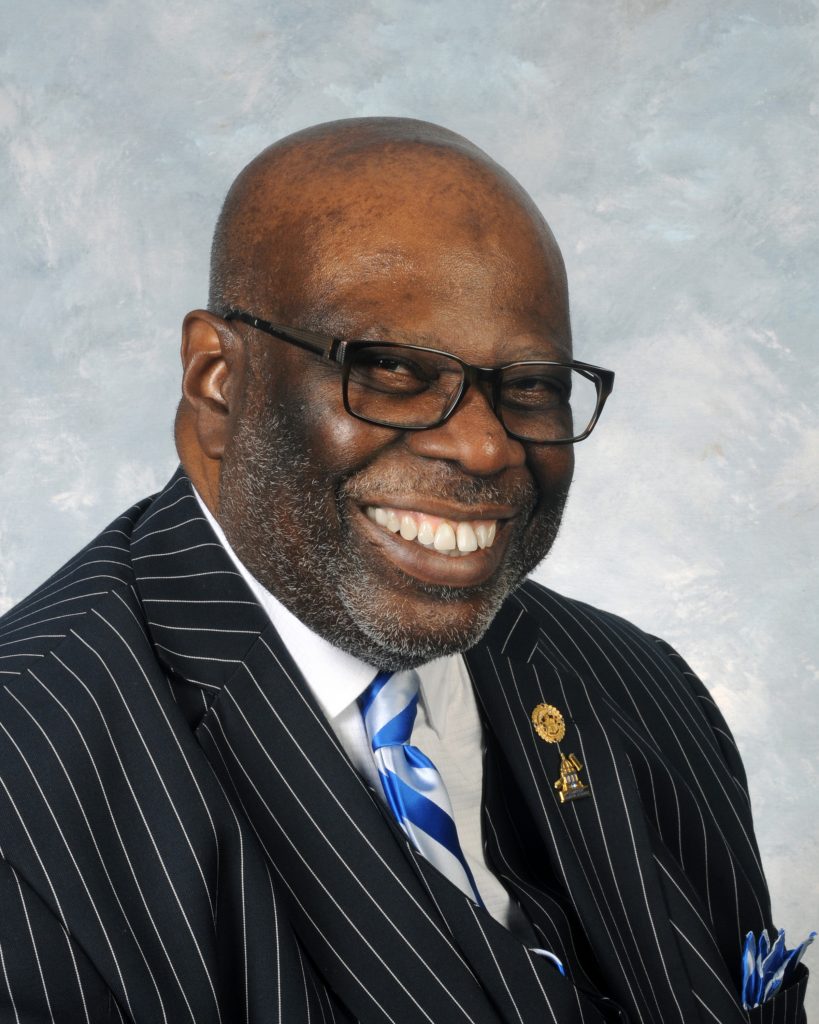
We’re supposed to accept that a group that includes two respected Lexington ministers, a large owner of low-income houses in the gentrifying East End, a state congressman and a local council member who both grew up in and currently represent the East End, a former board member for the NoLi Community Development Corporation, a CEO of Habitat for Humanity, and the head of the city’s Community Land Trust—six of whom have just spent the past two years supposedly looking closely at Lexington gentrification—has so little collective cognitive engagement with marginalized people in urban neighborhoods…that it must hear these new voices in order to understand and (finally?) act on gentrification. If there’s a more blatant example of the disconnected everyday ignorance of our city’s professional leadership class, I’d like to see it.
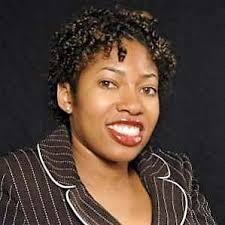
In this emperor has no clothes storyline, the HaG committee represents an extension of over a decade of failed Turfgrass leadership. By now, we should observe the ritual to these civic groupings: a newly awakened set of elites confesses ignorance; parades the poor, overworked and marginalized before them to perform the work that the Turfgrass should rightly be doing themselves; and then manipulates their stories to achieve whatever the hell it was Turfgrass wanted to do to begin with.
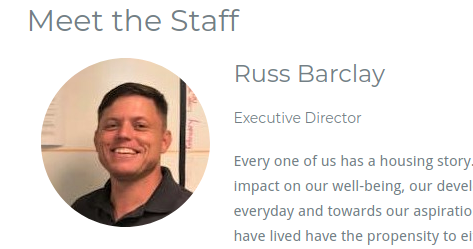
HaG is currently in the assemble-the-people phase of this extractive ritual. It can begin to choose a different future by first doing the Fayette Urban County work that it is presently choosing to offload (via online survey, via the nonprofit CivicLex) onto those not included on the sub-committee, the most important of whom the committee assumes to be a body of citizens distrustful of government, over-worked and underpaid, and otherwise disconnected and without resources.
God knows there’s plenty of extant community data and voices for our Turfgrass to parse, if they’re actually interested in doing the necessary work. HaG might begin by actually reading the over 300 comments offered up by residents who were assured, by the last Task Force, that its members were #woke and #listening. Accessing this data shouldn’t be difficult: a majority of HaG members serve on that Task Force and are doubtless aware (or are they?) of the 300+ citizen comments stored on a spreadsheet for civic management perusal.

Before the HaG requests the Hood do their work for them, maybe they could first showcase the reading and critical thought skills that, presumably, punched their ticket to this important subcommittee.

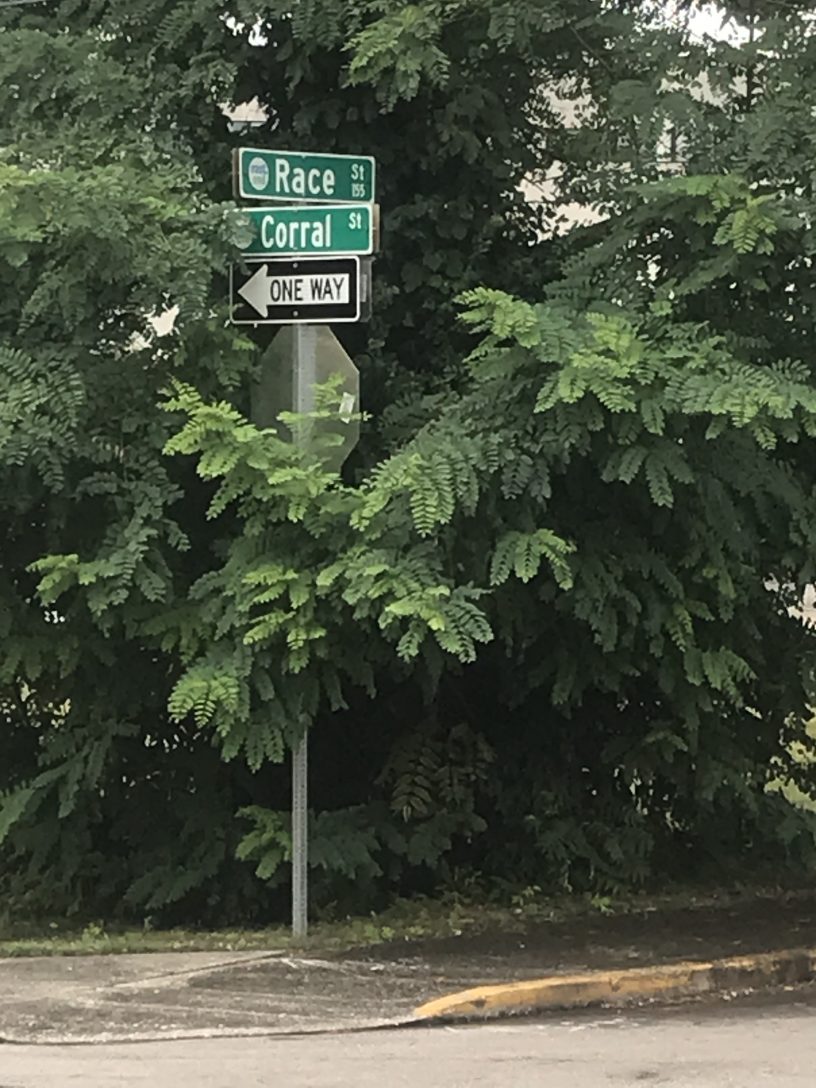



Billie Mallory
Don’t forget the Council person who co-chaired the NIT for more than 2 yrs that just chased rabbits and ended up in the black hole with no conclusion or recommendations offered to Council thus far. The same CM that has 1-2 “go to people” in each neighborhood, while ignoring all other voices. Don’t even expect to get a return call or email. And sure don’t expect him to show up in the hood….but can speak as if, he knows something about it!